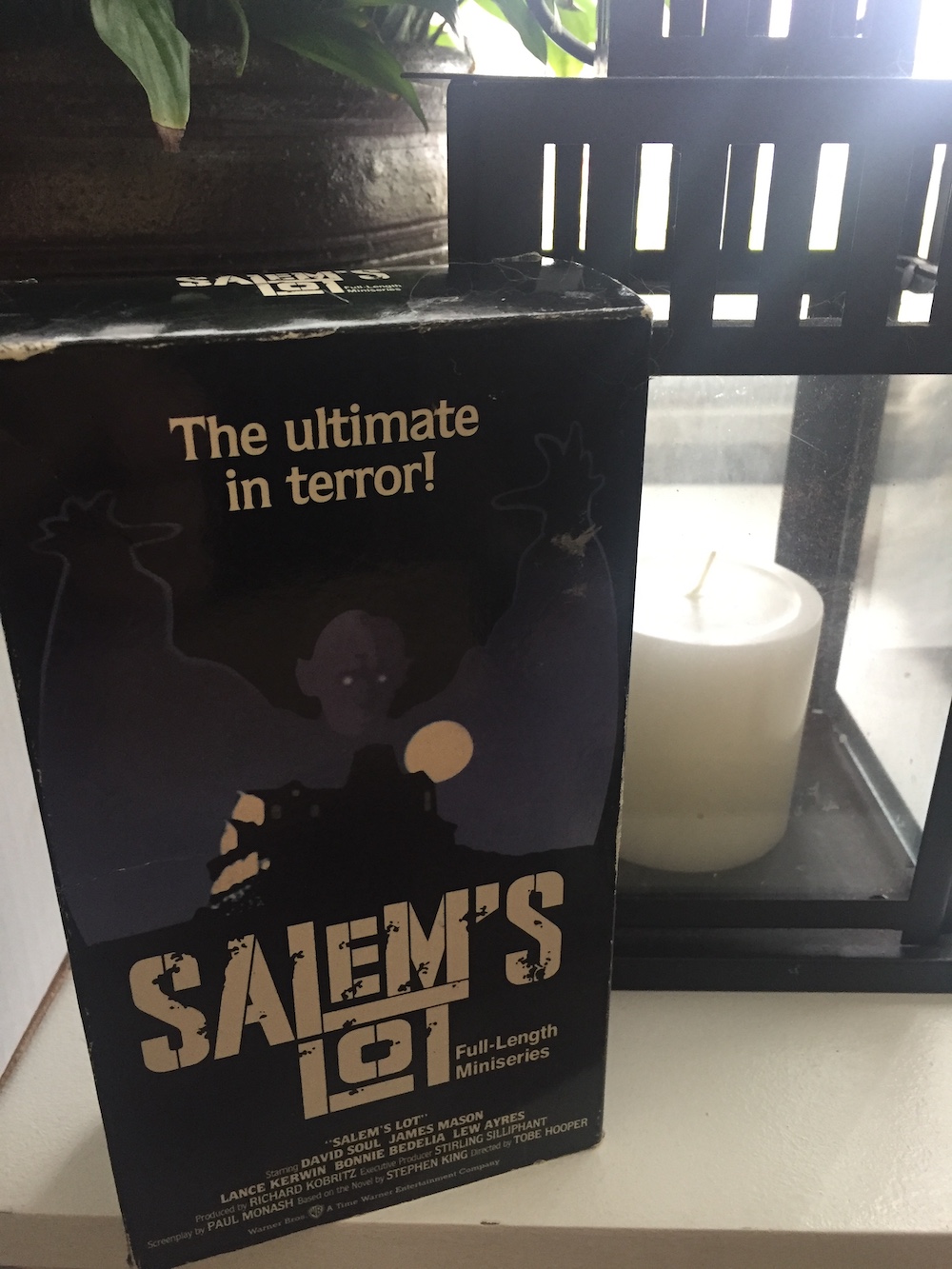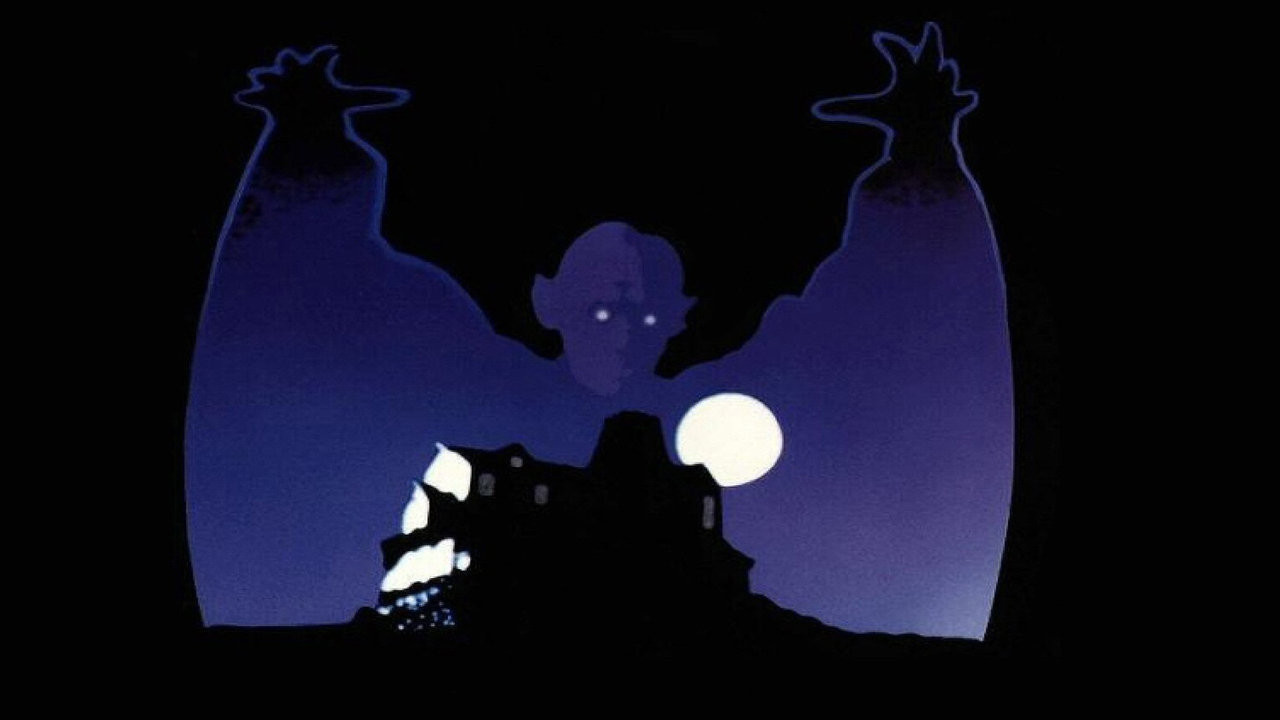With a modern version of Salem’s Lot being planned with horror writer Gary Dauberman at the helm, will it stack up to the original?
When reports that writer and director Gary Dauberman laid out plans to work on a reboot of Salem’s Lot, buzz articles have circulated around the horror-verse with the potential that Dauberman will properly revitalize one of Stephen King’s most revered works. Noted for his work with the Conjuring universe and Anabelle frights—more importantly in this case for resurrecting King’s It—you can envision how Dauberman will utilize effects and emotion to paint this film justice. The question lies, how will an 184-minute miniseries be converted to the big screen? Will it come in two parts? Will it be a horror film epic? Will it be cut down to fit the constraints of Hollywood’s limitations? The miniseries was originally so impressive that it was cut down to an hour-and-a half and release in cinemas in Europe. In this slice and dice decision, it lost so many elements. Can the remake solely originate as a cinematic release and maintain the posterity of the story like the miniseries did? We are talking Stephen King depths here and his stories are dense.
With this news, I thought it would be a good time to pull out my VHS set of Salem’s Lot and give it a spin.

Unlike his foundational work, Carrie, we get staple King plot elements out of Salem’s Lot: a writer, supernatural elements from the beyond, cause and effect relationships, &c. Writer Ben Mears, played by David Soul (known for his role as the iconic “Hutch” in Starsky & Hutch), returns to his hometown of Salem’s Lot, Maine. He has plans to work on a book that revolves around an old, creepy house with a creepier, more violent history. Mears tries to rent the house to engage in the atmosphere of his book, but he discovers that it has already been rented out by the eclectic Richard Straker, played by legendary actor, James Mason.
What King concentrates on for the first thirty minutes or so is nothing of frightening value besides a looming glimpse of the dilapidated house on the hilltop. There is a scene where Mears and Straker compare glares for an uncomfortable amount of time outside of the Marsten home. What King spends his time on is the town and the people. Salem’s Lot becomes familiar, and King is getting us comfortable with its small-town surroundings. That is until he springs the element of surprise. The silhouette of Kurt Barlow, an ancient vampire, springs up like a Jack-In-The-Box, claims his first victim of Salem’s Lot while scaring the bejeezus out of us.
Mears develops an interest in Susan Norton (played by Bonnie Bedelia), a plot diversion that has its own challenges that comes to fruition with a secondary climax; adults go about their business, gossip is shared, and affairs are uncovered These are the elements of evil thus far. It’s King’s away at diverting our attention from the true evil that is to come. As a child, we are more fascinated about Mark Petrie’s bedroom and his horror movie collection than his acting. He is the typical product of the 1970s: feathered hair and fashion that pinpoints the genre. All of our jealousy lies with the Lon Chaney The Wolf Man poster that adorns the wall or the Universal Monsters Megos. I still drool when I see that room. It’s the perfect backdrop to be visited by his friend through the panes of his bedroom window, floating amongst the fog. Also a perfect excuse for the parents to think he is just having nightmares. His father asks when he is going to stop playing with toys. Petrie gives him a safe answer, answering that it is probably just a phase. How can he tell his parents that his friend was turned into a vampire and is floating outside his window, hoping he can turn Petrie. However, it is knowledge in the mythological lore of monsters and that bedroom that he knows not to invite the Glick boy in, a brother who was originally turned by his other brother. King presents the element of mystique with a soft psychedelic aura. The symbol of the cross makes it all come crashing down.
“Everything in Salem’s Lot is connected to that house,” Mears says. And as the movie progresses, the more that becomes a reality. Once the plot starts to unfold, bad things happen exponentially. For many who watched this on its original airtime, it was terrifying in its element. Looking back, it is easy to see that. For a miniseries, it was an original experience that propelled King to a new level. With previous vampire films established as period pieces, King modernized an ancient story and invaded American homes with vampires spreading like a pandemic through any town, USA.
There is no hope for Salem’s Lot, a sleepy town left to its mysteries and miseries. Whether the town recovers is left to the imagination. For Mears and Petrie, we find them where we were first introduced to their character before the flashback, in a church in Guatemala. Evil follows and for them, this is their new normal, constantly on the run. This is their horror reality.
Salem’s Lot is one of King’s finest cinematic moments that more people may know for just that than the actual words on paper, all thanks to Tobe Hooper’s directorial creativity. With a gutted and flacid sequel many years later that actually had nothing to do with the novel, and a modest attempt at a revitalization in 2004 starring Rob Lowe, this is Dauberman’s chance to get things right for a new generation of horror fans, as well as a return to the Marsten House and Kurt Barlow for diehard fans. In the meantime, I will be stocking up on garlic and holy water.
Salem’s Lot 1979 Trailer
https://www.youtube.com/watch?v=itgqj4okSv8




No Comment! Be the first one.